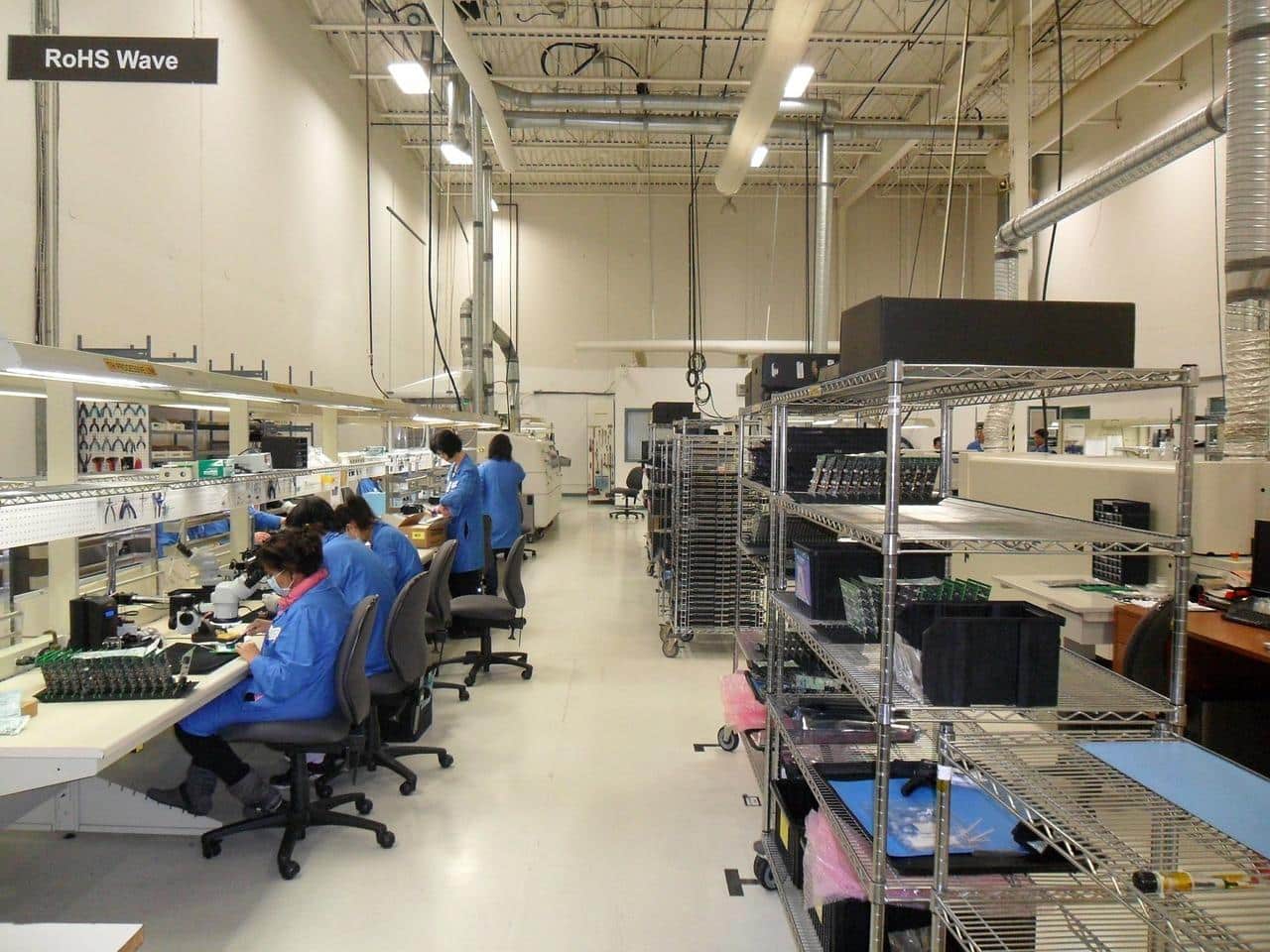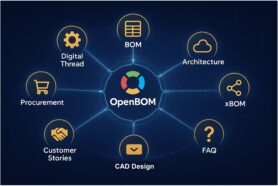
When it comes to managing a business, making changes is an unavoidable reality. It’s necessary to adapt to the ever-changing market conditions in order to stay competitive and grow. For manufacturers, this often means adapting your supplier base. But making changes to your supplier roster can be daunting – especially if you’re not sure where to start.
This blog post will outline five steps that will help make the process of changing suppliers smoother and less stressful. By following these tips, you’ll be able to find new suppliers that are a good fit for your business without putting your production at risk. So if you’re thinking about shaking up your supplier lineup, read on!
I’m sure for the last few months, you have been pondering whether a change to your supply chain will have a positive effect on your business. There are a number of reasons why you would want to make a change.
For a quick recap, here are the five reasons why you want to change your supplier:
- Your supplier can’t control their costs
- The supplier is losing control of their quality
- They lack the specific team for you
- They don’t have the infrastructure to scale-up production
- They lack communication and transparency.
There are multiple others, but these are the most common reasons I have seen.
Regardless of your reason, there are 5 steps you can take to ensure there is a smooth transition from your current supplier to your new supplier.
Understand your Needs
During the first step, you need to ask yourself and the rest of your team what you like about your supplier and what you dislike. Creating a list of requirements would be helpful. I am sure you did this when you first evaluated your supplier but things change. Certain things that were not important back then are now important.
The main question you need to ask your company is whether or not your supplier can support your growth going forward and whether or not they can consistently provide a high-quality product.
Due Diligence – Check What’s Out There
This is the best time to explore other options. This will be time-consuming and you will need to allocate time to efficiently do this. As long as the pain points are great enough, you will see the importance of finding your next production partner.
Here are the steps you can take:
- First, ask if anyone you know has a supplier reference.
- If you are sourcing a commoditized part, Alibaba will do just fine. Otherwise, stay away.
- Be transparent with your new suppliers. Changing suppliers can be a long process and your new suppliers will need to be patient.
- Visit them. This might be difficult to do if they are in China during COVID but there are third-party companies you can hire to audit a facility. Regardless, meeting face to face is usually helpful.
- Make sure you fully evaluate them. This can be a helpful supplier evaluation checklist.
- Learn from your mistakes.
Transfer of Product Knowledge & Data
By this point, you should be confident enough to test the capabilities of a few suppliers. To test their capabilities you need to provide them with your product data and then see their results, which is usually from a quote.
Provide a Request for Quotation (RFQ)
During this RFQ you will need to provide your supplier with enough information for them to provide you with a quote. This includes the following:
- 2D & 3D Drawings
- Bill of Materials (BOM)
- A functional prototype
- Minimum Order Quantity (MOQ & annual forecasted volume
- Target Price for the projected volumes
Receive your Quote
In response to the RFQ you provided the new supplier, they should provide you with a quote. There should be a quote for each part with additional quotes for assembly, quality control, packaging, shipping, and anything else, if necessary. In addition, you should confirm with your supplier whether you are planning on transferring the existing tools or opening new tools. It’s always safer to open new tools and run parallel production lines.
The tooling information will affect your quote, so make sure to explain this thoroughly before your supplier started the quotation process.
Sample Process
After the quote was received and accepted, you will want to proceed with a sample. Your supplier creating a sample is how you will find out quickly whether or not they can produce your part. If the sample comes back with multiple defects that should have been caught then you know they might not be the right supplier and it’s time to find another one.
Analyze your Current Position
After you have received the quote and samples from multiple different suppliers you will analyze your current position. Basically what you are looking for is whether the samples and quotation received will justify a transition away from your current supplier.
Pre-Production
If you are confident with the capabilities of one supplier then you will want to transition into production mode. There are 5 main parts of pre-production:
- Confirm the contract
- Confirm any open or pending development activities
- Open tools and create any fixtures or jigs necessary for assembly or sub-assembly processes
- Create the golden sample
- Set up the production line with assembly instructions
Launch, Sustain and Repeat
After the pre-production stage is confirmed, you can proceed with your first production run which will most likely contain a pilot run to test production. Even though you are changing suppliers but have the same product, expect problems. You are creating this with new people, new machines, new tools, and problems will come up. This is the importance of having a pilot run before you launch mass production.
After all the problems have been resolved it is time to scale up production and sustain a high level of production. Your transition to your new supplier is now completed.
How OpenBOM Can Help?
OpenBOM believes engineering, supply chain, and manufacturing teams should be able to seamlessly manage their parts, vendors, bill of materials, purchase orders, and change orders. All BOM, engineering, and manufacturing information are stored in the cloud which you can share with your team, contractors, suppliers, or anyone else that has access to your account. OpenBOM keeps everyone on the same BOM while providing you with the tools to streamline your development to production & scale up operations.
Register for FREE to create your OpenBOM account and reach out to us via support @ openbom dot com if you have any questions.
Best,
Jared Haw
Join our newsletter to receive a weekly portion of news, articles, and tips about OpenBOM and our community.









